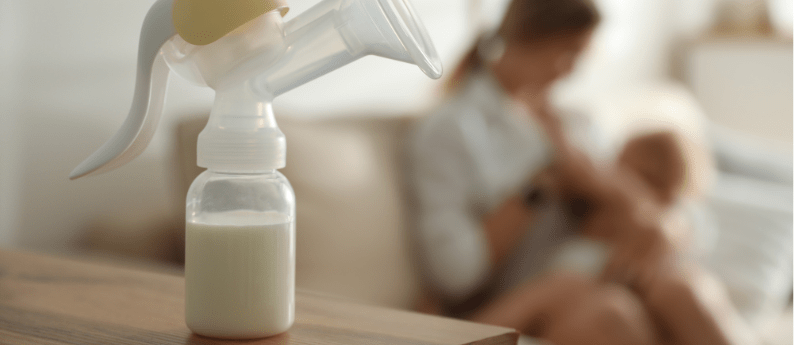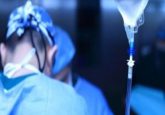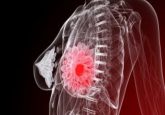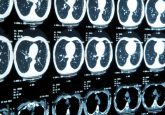How maternal instinct led researchers to the latest breast cancer detection tool

Researchers at the Vall d’Hebron Institute of Oncology (VHIO) (Barcelona, Spain) have demonstrated that breast milk from breast cancer patients contains ctDNA, suggesting that a “breast milk liquid biopsy” may be a valuable tool in the early detection of breast cancer.
Patients diagnosed with breast cancer when pregnant or postpartum tend to have a poorer prognosis as their tumors are usually only diagnosed in their advanced stage.
This can be attributed to the physiological changes that occur in the breast during these stages, as it makes tumors more difficult to detect with traditional methods. Additionally, tumors in these patients are not picked up by routine screening tests, as women of a reproductive age tend to be too young to receive them.
In the past few years, liquid biopsies have emerged as valuable screening tools across a range of cancer types. Urine has proven effective for bladder cancer screening, while saliva is used to detect head and neck cancers. Currently, liquid blood biopsies are used for early diagnosis and predicting breast cancer relapse. However, these tests often exhibit low sensitivity as they require a substantial amount of ctDNA to be present in the sample.
Given the proximity of breast milk to the tumor site and the need for a more sensitive predictive tool, researchers at the VHIO have explored the possibility of using it as an alternative source for detecting the tumor via liquid biopsy.
Remarkably, this study was initiated after a mother of three, who had been diagnosed with breast cancer during her third pregnancy, when she expressed concern that her cancer had been passed on to her second child during breastfeeding.
The mother provided a sample of breast milk to the researchers that had been stored in her freezer for over a year. Although researchers understood that breast cancer would not be transmitted through breast milk, they analyzed the sample for potential markers to aid their research. The head of the VHIO Breast Cancer Group and Breast Unit at the VHIO, Cristina Saura (Barcelona, Spain) recalls: “Thanks to her, that’s where our project started. When we analyzed the patient’s breast milk, we found DNA with the same mutation present in her tumor.” Read our exclusive interview with Dr Saura here >>>.
Following this promising case, researchers collected both breast milk and blood samples from 15 breast cancer patients and analyzed them using Next Generation Sequencing and Droplet Digital PCR.
In the same way that a heel prick is performed on all newborns, collecting a breast milk sample from all women after birth for breast cancer screening could also be considered.
Researchers found that 13 out of 15 breast milk samples contained mutations present in the tumors of breast cancer patients, compared to only one blood sample. The two patients in whom the mutation was not detected had their samples collected during the first few hours of lactation when they were producing colostrum. In future, researchers will ensure that patients have been breastfeeding for at least 2 weeks before taking samples, hoping that this will improve the detection rate.
Speaking on the significance of these preliminary findings, Cristina Saura stated: “We have shown for the first time that breast milk obtained from breast cancer patients contains sufficient ctDNA to be detected by liquid biopsy and that this ctDNA can be detected even before breast cancer can be diagnosed using conventional imaging.”
Based on the results published in Cancer Discovery, researchers are now seeking to confirm the success of the breast milk liquid biopsy in a much larger number of patients. Researchers have initiated a study to analyze breast milk samples from 5000 healthy women who became pregnant past the age of 39 or carry specific mutations that increase their risk of breast cancer.
Although we will have to wait to see the outcome of this subsequent study, Cristina Saura described the exciting possibilities of the non-invasive test for people who choose to breastfeed: “In the same way that a heel prick is performed on all newborns, collecting a breast milk sample from all women after birth for breast cancer screening could also be considered.”


